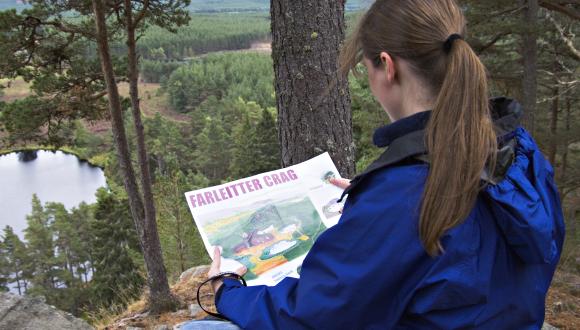Reintroducing native species
Reintroducing native species that have been lost from parts of our countryside can help to restore and reinvigorate Scotland’s biodiversity.
Native species may be lost for reasons such as:
- persecution or over-exploitation
- the effect of introducing invasive non-native species
- habitat loss
It may be possible to reintroduce a species to an area, as long as certain conditions are met. For example, a reintroduction isn’t viable unless the reasons for the species originally dying out are no longer significant.
Reintroduction is defined as restoring a species to parts of its natural range from which it has been lost. It is just one type of ‘conservation translocation’.
Conservation translocations in Scotland have involved species such as pine hoverfly, woolly willow, freshwater pearl mussel, vendace, Eurasian beaver and white-tailed eagle.You can find out more about these projects in the Species Action Framework Handbook.
If you’re planning any kind of conservation translocation in Scotland, you should follow the Scottish Code for Conservation Translocations and its accompanying guidelines. This provides a framework for how to assess and plan conservation translocations in Scotland and covers aspects such as licensing.
The National Species Reintroduction Forum contributes to broad-scale, strategic issues relating to species reintroductions and other conservation translocations in Scotland.






